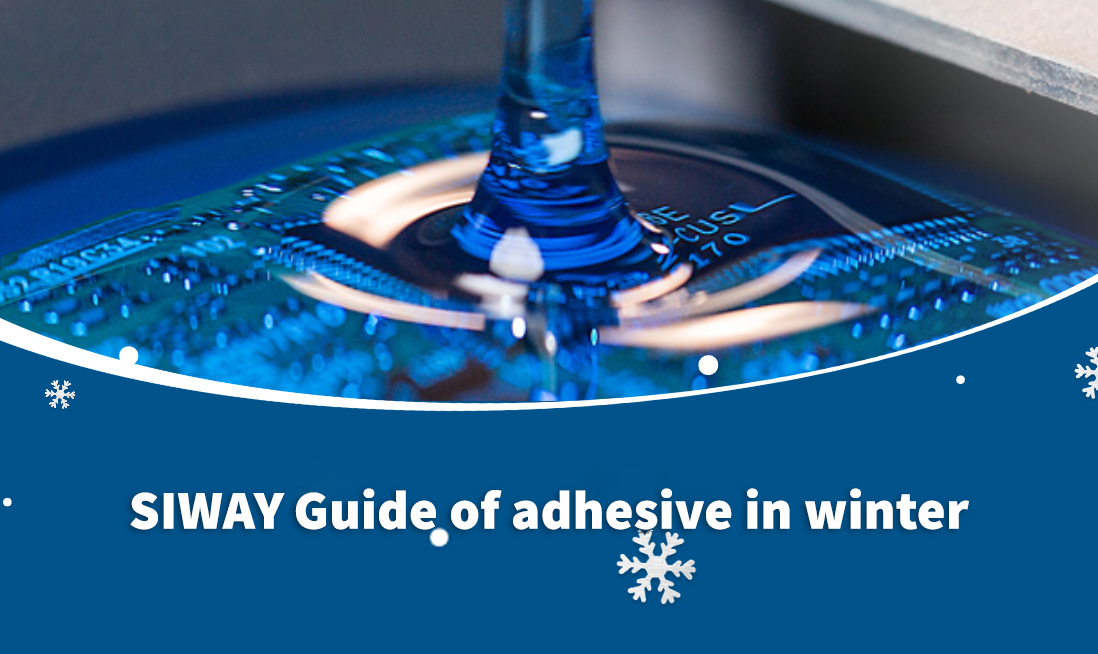With temperatures plummeting, the arrival of winter often comes with many challenges, especially when it comes to adhesion engineering. In a low temperature environment, the general sealant may become more fragile and weaken the adhesion, so we need careful selection, correct storage and reasonable application of sealant in winter. Below siway takes an in-depth look at how to ensure excellent glue performance in severe cold environment.

Choose a sealant suitable for cold environments
1. Consider the temperature range
When choosing sealant for winter, the first thing to consider is the operating temperature range of the sealant. Some sealants designed for low-temperature environments maintain higher adhesion and tensile strength in cold conditions. Taking into account the specific requirements of the project, choose one that is suitable for the lowest temperatures your project will encounter.
2. Low temperature strength
Different sealants may have different strength at low temperatures. Some specially designed sealants maintain higher adhesion and tensile strength in cold conditions.
Taking into account the specific requirements of the project, choose one that is suitable for the lowest temperatures your project will encounter.
3. Quick-drying sealant
In the cold winter months, quick-curing sealant may be more practical. This can effectively reduce waiting time and improve work efficiency. Note: curing times may vary from sealant to sealant, so an informed choice is based on the needs of your project.
Tips for storing sealant for winter.
1.Temperature control
The storage temperature of glue is critical to its performance. Make sure the glue is placed in an environment that meets the manufacturer's recommended temperature range. Too low temperature may cause the fluidity of the glue to weaken, affecting its application effect.
2. Avoid freezing
Sealant in winter is easy to freeze at low temperatures, resulting in uneven texture and thus affecting its adhesion. When storing, make sure the sealant does not freeze and avoid placing it in an extremely low temperature environment.
3. Storage location
Store sealant in a dry, well-ventilated place away from direct sunlight and humidity. Moisture may cause the texture of the glue to change, affecting its adhesion.
Correct application of sealant in winter
1. Surface treatment
In low temperature environment, surface treatment becomes particularly important. Ensure that the adhesive surface is dry and clean to provide optimal adhesion conditions. If necessary, a surface treatment agent is used to enhance the adhesion of the sealant to the substrate.
2. Use the right tools
In winter projects, the use of appropriate tools can improve the application of sealant. For example, a more powerful glue gun may be required at low temperatures to ensure a smooth application process.
3. Preheat the bonded surface
In a low temperature environment, increasing the temperature of the bonding surface through slight preheating helps the sealant to better bond to the substrate. Use a hot air gun or other appropriate tool for preheating, but it be sure not to cause excessive heating.
4. Apply evenly
Ensure that the sealant is evenly coated on the bonded surface to avoid bubbles or uneven coating, which helps to improve the performance and reliability of the sealant.
Conclusion
Adhesives in winter show unique advantages in low temperature environments through reasonable selection, proper storage and correct application. You can ensure that excellent adhesion properties are still maintained in the cold environment. By following these guidelines, you can not only meet the challenges of the cold season, but also improve the efficiency and reliability of your engineering projects.

Post time: Jan-04-2024

